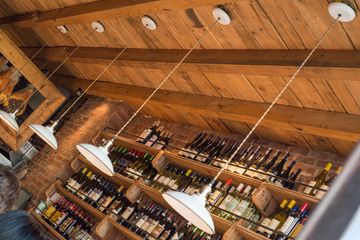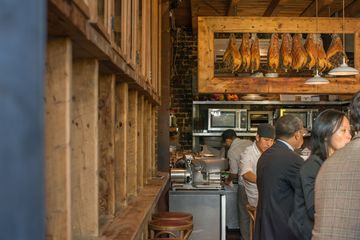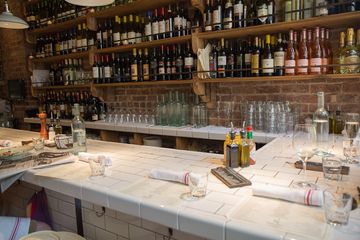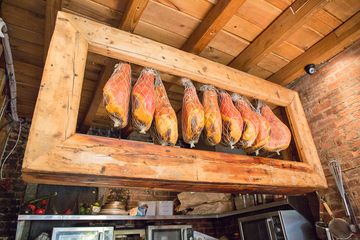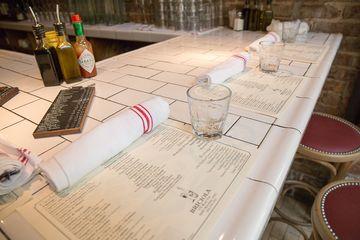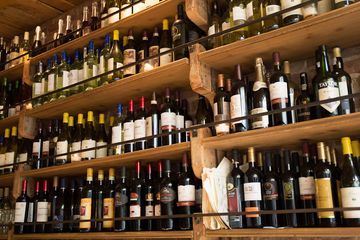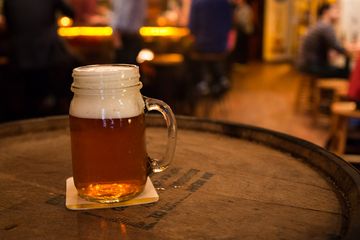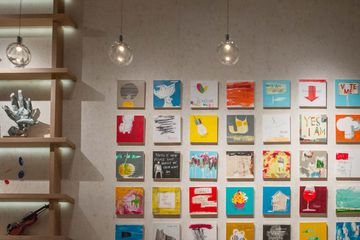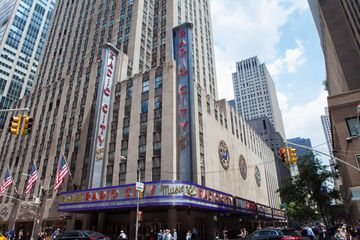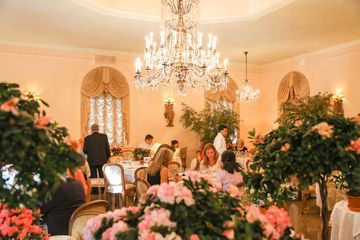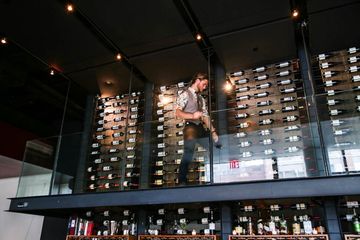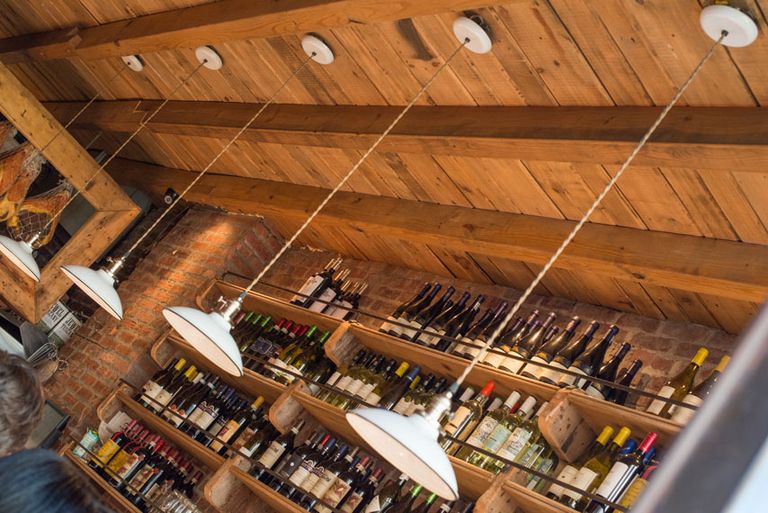
Husband-and-wife duo Roberto and Tanya Passon's symbiotic relationship is evident at their Hell's Kitchen wine bar, Briciola, where Roberto runs the kitchen and Tanya is responsible for the wine. The evolution of their professional and personal relationships has always been a parallel journey. Both long-time restaurateurs, the couple met while Roberto was running his now-defunct eponymous restaurant and Tanya was managing wine bar Xai Xai, just across the street from Briciola. They married several years later, and Briciola opened just as the couple was expecting their first child in 2011.
Three years on, the Italian wine bar has gained a following throughout Hell's Kitchen and beyond on the strength of its intimate atmosphere, excellent cuisine, and top-notch imported wine. Even after expanding into the storefront next door, which doubled Briciola's square footage, the restaurant is tiny, but the close quarters only add to the ambience. This is not the place to go if one does not want to interact with fellow diners: the seating is communal, with high counters made of subway tile for a clean, polished look. The design is simple, befitting the restaurant's tight quarters. Low-hanging light fixtures and candles on each of the tables give the restaurant a cozy feeling, and the walls function as an aesthetically fitting storage space, with hundreds of wine bottles set side by side in wine racks.
Rather than competing for attention, Briciola's food and wine complement each other perfectly, thanks to Roberto and Tanya's ability to work together. Marina, a server, explained to us that Tanya is largely responsible for the elegant layout of the restaurant; she added her "feminine touch" with everything from the candles at each setting to miniature chalkboards detailing the day's wine specials.
The kitchen, Roberto's domain, is miniscule, folded into the back of one half of the restaurant; because there is absolutely no storage space, all of the ingredients arrive fresh daily. Briciola serves mainly ciccheti (small plates) of charcuterie, salads, oysters, and every type of pasta imaginable. There is also a dessert menu; a gentleman sitting at the bar told us that the tiramisu is especially incredible. Particularly clever is the menu where the prices are all the same in each category. Roberto explained that he did not want the dollar amount to influence someone's choices. After having enjoyed a pleasant conversation with Roberto one afternoon when riding by on my bike, as I was leaving, he called out to me, "Finally someone appreciates the side streets." I rode off smiling.
